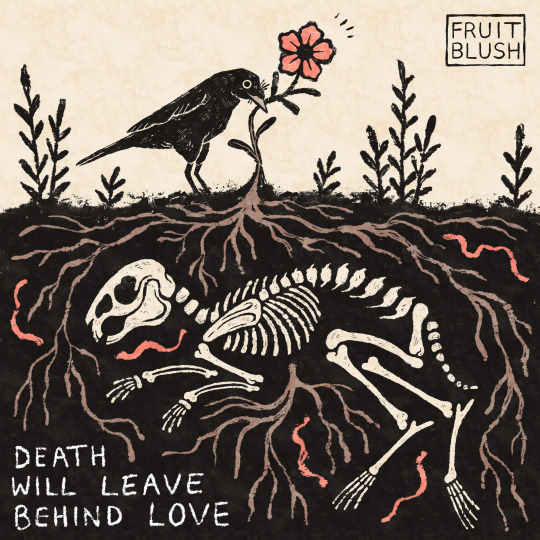Photo

three vases - windflower, starflower and lily of the valley
instagram / twitter / patreon
40K notes
·
View notes
Photo
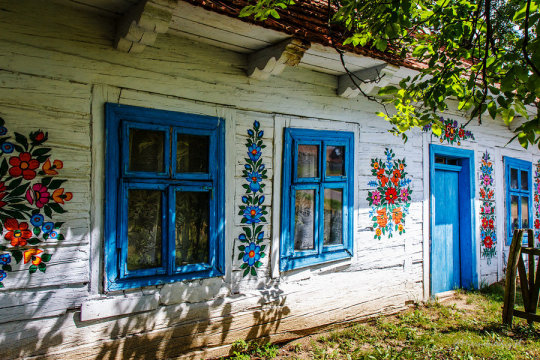
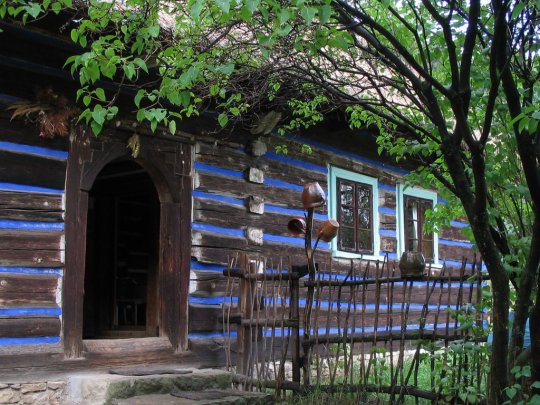
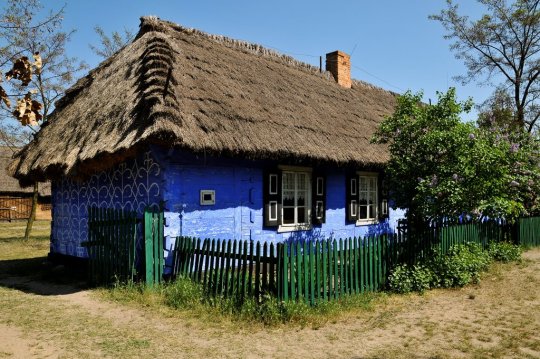


Old cottages from various folk museums in Poland and the colour blue.
In the oldest of Polish folk traditions the colour blue was symbolizing purity, virginity and representing feminine aspects. When a girl was grown up enough to get married (panna na wydaniu - marriageable girl), her family’s cottage would be decorated in blue to let the community know that a “recruitment” is on and the possible candidates can visit to be “interviewed”. That tradition was slowly fading with time, but still being kept alive in some Polish villages even in the first half of 20th century.
Different regions were maintaining different styles - for example many villages in southern Poland were noted for painting only the vertical stripes of insulation between the logs, some areas e.g. in central Poland had the whole outer walls painted blue (sometimes only 1-2 sides of a cottage, e.g. the frontal part), while in some regions only the frames around the doors and windows were painted. In the old days the colour, although not as vibrant as in the pictures above, could have been easily obtained with natural dyes like e.g. red cabbage, woad or larkspur.
Many regions were replacing the colour blue with white over time and the regions remembering the old meaning the longest were located mostly in the southern and eastern parts of the country. Lots of people would be still painting parts (especially windows and doors) of their cottages blue even if the original meaning of the custom was forgotten, as the colour blue was also believed to keep the flies and mosquitoes away from the building.
On pictures:
One of the cottages in the famous “Painted Village” of Zalipie, southern Poland, fot. BonVoyage
Cottage in Wygiełzów Ethnographic Museum, southern Poland, fot. Artur de Sousa Rocha
Cottage in the skansen in Maurzyce, central Poland, fot. Mariusz Banaszczyk
Cottage in the skansen located in Olsztynek, northern Poland, fot. Dariusz Domagała
Blue wall of a cottage in Sierpc, central Poland, fot. Bożena B.
[my general list of sources and book recommendations - in Polish]
404 notes
·
View notes
Photo
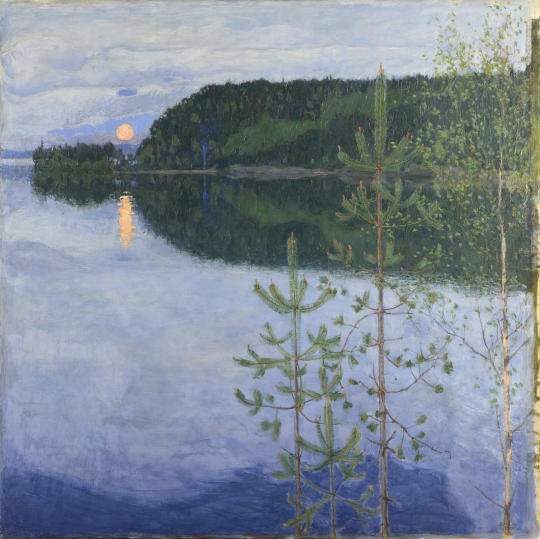
Akseli Gallen-Kallela (Finnish, 1865-1931)7
Spring Night, 1915
Oil on canvas.
3K notes
·
View notes
Photo
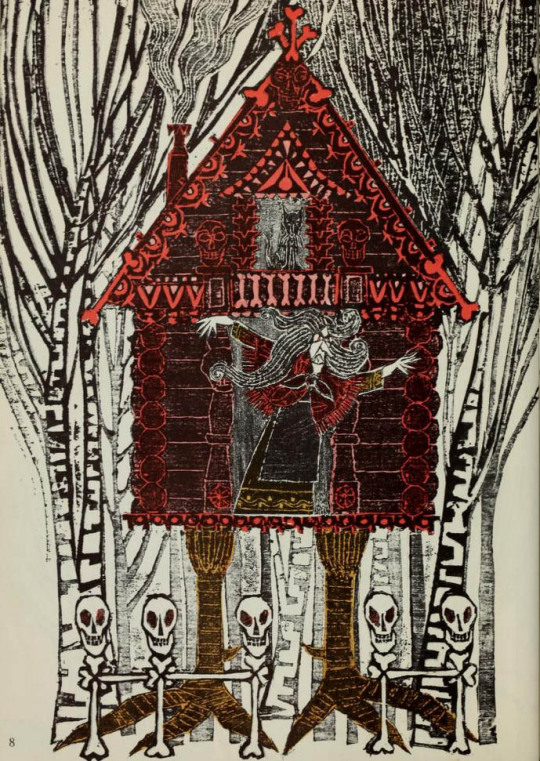

Ernest Small, Baba Yaga (1966) Illustrations by Blair Lent. Ernest Small was a pseudonym for Blair Lent.
11K notes
·
View notes
Text
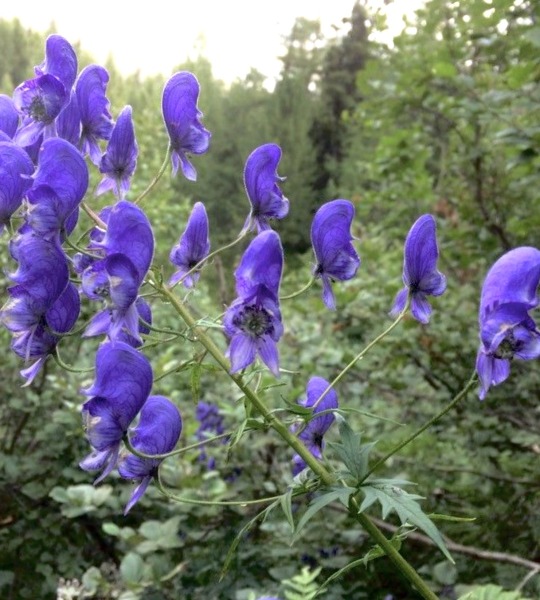
Wolfbane (Wolf's Bane)
Also known as : Aconite, Monkshood, Blue Rocket, Friar's Cap, Auld Wife's Huid, Hel-met-flower, Leopard's Bane, Soldier's Cap.
Scientific Name : Aconitum Napellus (Common), Aconitum Lycotonum (True Wolfbane), Aconitum Ferox (Poison Darts)
Identification : The common variety has pretty blue flowers with an easy to recognise shape. Other varieties are while or mauve. Growing to around 3 feet (1m) with dark greed glossy leaves.
Properties : Anodyne, cardio-active (Slows heart rate), anti-bacterial, diuretic, diaphoretic, antiviral and antifungal.
Uses : Lowers Blood pressure (Especially useful for breaking fevers), Pain relief from arthritis, gout and rheumatism….or killing wolves.
Try It : 1.3 part of tincture to 100 parts of Witch Hazel to make a liniment for topical application to the skin for reducing the pain from rheumatism.
Warnings : Classed a deadly poison it can be lethal if incorrectly administered. Internal use is banned in many countries. Contains Aconitine a foul tasting alkaloid which his highly toxic.
Parts used: Dried Roots (Collected in late Autumn when the stem dies back. Other parts of the plant may be used but have reduced properties.
Magic : Knowledge, Binding and it was one of the ingredients used to make flying ointment for brooms. In the middle ages it was used by those who had mastered invisibility.
Planet : Saturn
Element : Earth
Deities : Hecate, Carridwen
Folklore and History: Widley used across Europe, China and the Americas. The title "Wolf bane" comes from its use to poison arrows by wolf hunters. In the east indies the "Ferox" verity has been used in poison darts for killing Tigers and to poison wells. It could also however be used to counter other poisons making it a reliable cure for venomous bites. From the middle ages it was simply used as a pretty boarder plant, the pretty flowers with the unusual shape leading to the title Monks-hood. The Anglo-Saxon's simply called it "Thung" their word for a very poisonous plant. Even the pollen is an irritant. Mung Bean Skin (Lu Dou Yi) is an effective cure for the poison. Folklore sees this herb used on weapons to fight Werewolves.
Plant Tips : Preferring soil that remains slightly damp so digging in rotten leaves or manure prior to the growing season will help. It can be raised from seed in early March using a cold frame.
For Refences and bibliography please click here
Click here to return to the index
80 notes
·
View notes
Photo

A small tree shrine for Mary in the Irish countryside.
22K notes
·
View notes
Text
Slavic offerings
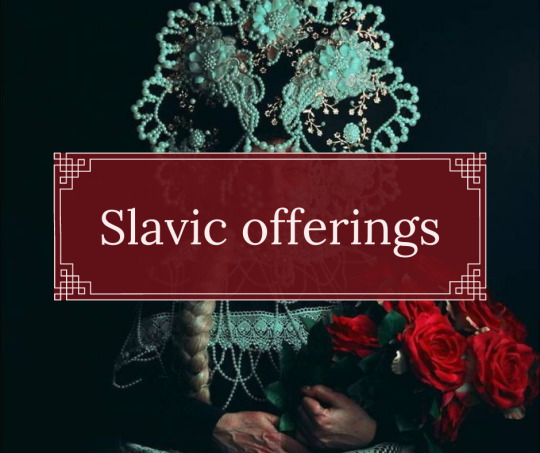
Table of contents:
I. Sources for Slavic offerings
II. The who
III. The where
IV. The when
V. The what
─────────────────
SOURCES FOR SLAVIC OFFERINGS
─────────────────
Slavic paganism is objectively a very hard (some would say impossible) religion to reconstruct or revive. There’s not much surviving data and contemporary sources mentioning practices of ancient Slavs are few (so few that they were fit into a single book „Sources of Slavic Pre-Christian Religion” by Juan Antonio Álvarez-Pedrosa), far between and typically heavily biased against them. We do possess significant amount of archeological data, which however proves itself notoriously hard to interpret. Luckily we also have access to centuries of records about Slavic folk customs. While chronological distance between ancient Slavic pagans and modern Slavs described in those ethnographic sources can be quite large the living traditions of Slavic culture prove very useful in completing fragmentary ancient data.
”Using folkloristic sources may be helpful in creating a possible context for archeological findings. If used critically, they can sophisticate and nuance our interpretations. In the context of Slavic culture, using east Slavic folklore sources seems to be exceptionally valuable, as they are still relatively undiscovered and understudied. Another argument is that the Eastern Slavs were under the influence of the Orthodox church, which had a different (more liberal) impact on their folk culture than Catholicism in the area of Poland.”
- Sacrifices among the Slavs: Between Archeological Evidence and 19th Century Folklore by Izabella Wenska
This is equally true for study of the specific aspect of Slavic paganism that are offerings. Information provided below comes from a mix of medieval sources contemporary to the last Slavic pagans, archeological discoveries and folk customs. I would like to disclaim that this blog post is by no means an exhaustive explanation of Slavic practices of offering and sacrifice. Nonetheless I do hope that it will provide the readers with some new knowledge and inspiration.
Keep reading
653 notes
·
View notes
Photo




Epona, Celtic Goddess of Horses ❋
732 notes
·
View notes
Text
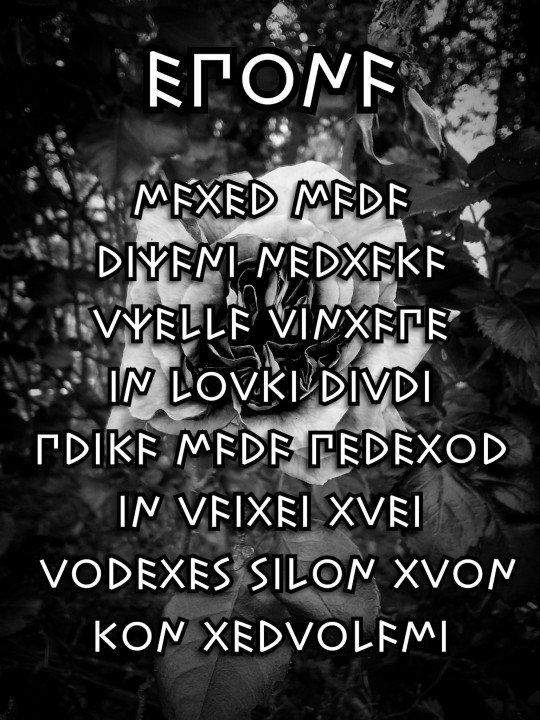
Eponâ!
Mâter mârâ!
Rîgani nertâcâ!
Uxellâ u̯indâpe
In louci Riuri!
Brigâ mârâ beretor
In u̯aitei tuei!
U̯oretes silon tuon
Con deru̯olâmi!
Great Mother!
Mighty Queen!
Noble and shining
In the light of (the month of) Riuros!
Great might is borne
In Your blood!
You aid your children
With firm hand!
(Words by Chrigel Glanzmann.)
(Rose photo by me.)
20 notes
·
View notes
Text
Money Bowl
For all your prosperity needs!
What is a money bowl?
A money bowl is a long term spell that promotes prosperity and success. It’s important to take things out and put new things in to keep up the flow, a stagnant bowl won’t give you the results you want.
First off let’s get into some prosperity associations:
Jupiter - rules prosperity, abundance, and success.
Thursdays! So you may be curious about the first bullet, how do you incorporate Jupiter into your spells. Well Jupiter rules Thursdays making it the perfect time for a prosperity working (other days work as well, and will give different benefits, I highly recommend looking into the days and the week and their associations)
Pentacle cards, the wheel of fortune, and aces
I prefer new or full moons for prosperity workings
Herbs and spices: cinnamon, coffee beans (helps with speed), thyme, mint, shells, rice, cloves, chamomile (I like to use it with the intention of acquiring the money in a peaceful way as well as its prosperity properties), mica powder and many more
Crystals: green aventurine, pyrite, citrine and tigers eye
Gold, silver and green - as well as any colour that represents money to you
What you’ll need
A cleansed bowl
A piece of paper
Writing utensil
Some string
Herbs for prosperity
Crystals for prosperity
Loose change
Gold things, or things you associate wealth with such as glitter or a trinket. I used a fancy gold button for example
A candle (optional)
An oil to dress the candle (also optional)
ALL THE INTENTION
Steps:
This spell requires a petition, which is basically your intentions and what you want from the spell written down on a paper. Think about what you want to do with your money before hand. Are you wanting to save up for something, travel or have a more successful career? How do you want this money? How will this money, and the thing you get with it make you feel? Keep all this in mind as you go through your working
Cleanse your space and materials and cast that circle. Call on your spirits to give you a hand if you wish! I drew a money sigil and a dollar sign on my altar and set the bowl on top of it for my working
Add your ingredients into that bowl, hold them close, sit with them and envision your energy and the ingredients energy mixing in together and put them in the bowl as you tell it what you want it to do for you
Put in your loose change
Write your petition. You can have as many as you please, you can write them three times, sign each one or whatever feels right to you. I write an intention three times, turn the paper to the right, write the next one three times and repeat. I then sign it and put the sigil on the paper. Write your goals like you already have them, “I can afford to live comfortably.” And be specific!
Light your candle.
Fold the paper towards you, turn it to the right and fold again, repeat until it’s small
Wrap the string around it and seal the bundle
Put the bundle in the bowl, and let the candle sit in it (use a holder) sit with your intentions as it burns
Close your working, thank the spirits and break the circle
Work it ;)
Working a Money Bowl:
This spell is all about the flow, take things out and add more things. I do this once a week usually on a Thursday. Doesn’t have to be a crazy offering each week either, throw a cinnamon stick in it, a quarter or light a dedicated candle for it.
I recommend using some ingredients that can be easily removed to keep that flow. Whether you take out, or put in something new is up to you. Do what feels right, keep a balance.
Hope this spell brings all that you wish for! Just remember it’s a slower working (you can use things to speed it up) many people work their bowls for several months to several years! Don’t be disheartened!


1K notes
·
View notes
Text
Associations of Dirt
I've determined these correspondences based on where the dirt I'd found and how the environment affected the vibe of the material
Labyrinth: many possibilities, mystery, confusion, misdirection, being lost
Cemetery: endings, deaths, rest, spirit work, spirit communication
Garden (Food/Herbs): practicality, self sustenance, food security, health
Flower Garden: aesthetic, glamor magic, beauty, self expression, outward beauty
Construction Site: change, industry, human made, structure, innovation
Home: hearth, nostalgia, childhood memories, familiarity, family
Potted Plant (Alive): nurturing, friendship, green energy
Dead Potted Plant: passing, goodbyes, incompatibility, negative energy
Campground: impermanent living, new scenery, exploration, discovery
Forest: earth energy, ancient knowledge, survival, practicality, communication with the planet
Orchard: plentiful food, success, romantic meetings
Shrine: deity work, communication with higher powers
Side of the Road: travel, commerce, trade
Farm: family, cooperation, teamwork, hard work, manual labor, animal energy
Crossroads: decisions, the cardinal directions, openings between worlds
2K notes
·
View notes



